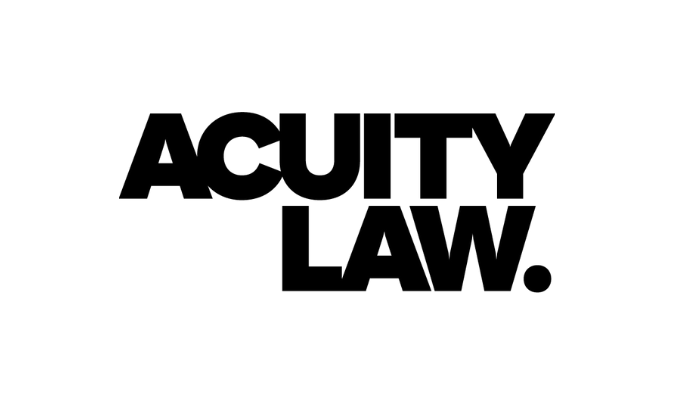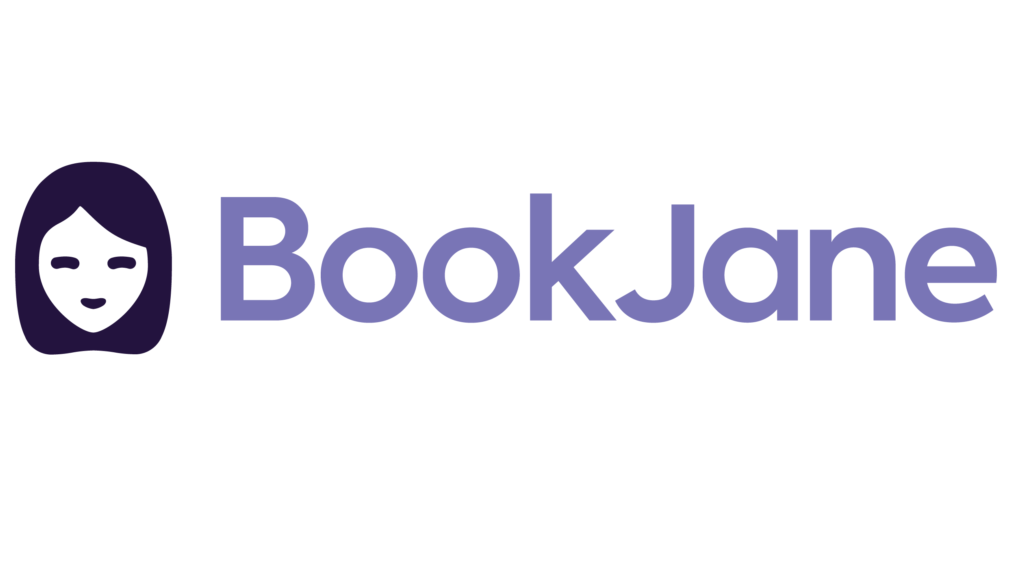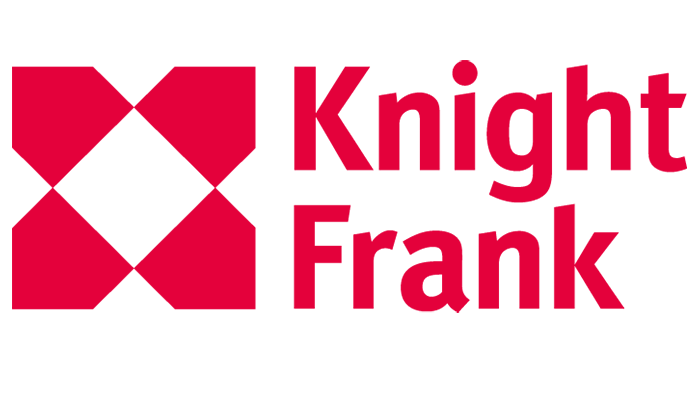Acuity Law partner Jenny Wilde gives the lowdown about incoming changes to The Care Quality Commission (CQC) regulatory regime coming in Autumn 2023.
Sponsored ContentBefore and after – how independent hospitals were tested during a year of pandemic
Billing activity trends in 2020 told the story of the independent sector’s resilience says Healthcode’s Peter Connor

Despite the extraordinary upheaval caused by the deadly coronavirus pandemic in 2020, independent hospitals demonstrated their resilience and adaptability, qualities that will remain essential in the difficult months ahead.
By December 2020, hospital billing for insured services was back to 100% of pre-pandemic levels. The feat was all the more remarkable considering that in the middle of the first national lockdown, billing activity averaged just 29% of that in 2019. While there has been significant variation by geography and by specialty, it is fair to say that recovery was the principal theme during the second half of the year.
Before I go further, I should explain what makes Healthcode uniquely well-placed to tell this story. The company was established a little over 20 years ago to provide a clearing service for electronic bills submitted by private providers to PMIs. Pre-pandemic, we processed around 27,000 medical bills every day on behalf of nearly all the private hospitals in the UK, carrying out a series of checks and validations before passing it to one of the major PMIs for payment. These bills are worth more than £3.3 billion each year.
The volume of bills processed by Healthcode inevitably rises or falls in line with insured activity levels within private hospitals, making this one of the most reliable and effective measures of the state of the sector. By comparing 2020 levels with the previous year, we obtained valuable insights into the pandemic’s impact and the rate of recovery. We were also able to focus on billing activity in specific hospitals, geographical areas and specialties.
While hospital data would only ever be disclosed with the organisations concerned, Healthcode has been able to share billing activity trends over the course of the pandemic to add to our understanding of the sector and the areas that may require additional support in the coming months.
Independent hospital sector
In a typical year there is an element of seasonality in hospital billing volumes with early January, Easter and late summer being generally quieter, while October/November tend to be busier. In 2020, volumes followed the usual pattern until the imposition of the first national lockdown in March when the national block booking contract also came into effect. At this point, billing volumes fell sharply to a low of just below 20% of 2019 activity in early May and then bottomed out at an average of 29% over the following four weeks.
Volumes started to recover around the end of June and thereafter rose steadily until the end of the year. In July, year-on-year aggregate volumes for the hospital sector passed the 50% milestone and by October they exceeded 90%. The second lockdown in November had little impact and in December billing activity across the sector had returned to 2019 levels. It is too early to fully assess the impact of the third lockdown which began at the start of January 2021. However, we know that private sector hospitals are again being utilised by the NHS to relieve pressure on services and we expect billing activity will reflect this in Q1 and potentially into Q2.
The billing data also enabled us to track the number of individual insured patients treated. This showed that admitted patients fell to just a quarter of the 2019 figure in June 2020, while year-on-year outpatient numbers at this point were 40% of 2019. However, by December, the number of insured outpatients exceeded 101% of those treated during the same month of 2019, while the number of inpatients was 85%, indicating that hospitals were starting to address the suppressed demand that had built up during lockdown.
Countries and regions
England has the lion’s share of independent hospitals and so the story of hospital billing volumes largely reflected what was happening in English hospitals, but there were stark regional differences in the rate of recovery.
For example, the West Midlands and London bounced back relatively quickly once the green light was given for private healthcare to resume fully. The former was back to 65% of 2019 levels in June, while billing activity was 55% in the capital’s hospitals. By November 2020, both areas began to run ahead of 2019 billing activity levels, alongside the East Midlands. By contrast, Yorkshire & the Humber was slower to see an upturn, not passing the 50% milestone until August. By December, levels were still behind the same period the previous year on 88%.
In the other UK countries, Northern Ireland made the most ground in the second half of the year – year-on-year billing activity in December was 119%. By the end of the year, Scotland was back to pre-pandemic levels, while Wales saw a slower recovery and was still behind 2019 on 84%.
Specialties
We saw some of the biggest year-on-year variations in billing activity when we looked at the top 10 hospital specialties by billing volumes. Orthopaedics is the traditional mainstay of PMI-funded treatment but this area of practice was particularly hard by lockdown – in May, billing activity was just 12% of the May 2019 figure. While orthopaedics returned to 90% by December, there was a marked contrast with other specialties which were exceeding 2019 billing activity levels, notably pathology/haematology (156%) and radiology (134%).
The downturn in orthopaedics had a knock-on effect on hospital physiotherapy, alongside factors such as social distancing measures which limited available treatments. Physiotherapy billing activity was below 20% at one point and has been comparatively slow to pick up. By December, levels were at 77% of the equivalent month in 2019.
Conclusion
The threat posed by Covid-19 and its variants will remain with us in the short and medium term. With the current risk of NHS hospitals being overwhelmed by new Covid variants and rising waiting lists, independent hospitals and their staff are being called on to support NHS healthcare provision, which will inevitably affect private services for insured and self-funded patients.
At the same time, I think we have reason to be positive about the future. The overall trend in billing activity in 2020 showed the resilience of independent hospitals in an unprecedented national crisis. Although the next few months will be difficult, we know the sector has already been tested and proved more than equal to the challenges posed by the virus.
About the author
Peter Connor is managing director at Healthcode

Latest Intelligence
How BookJane, technology platform for health care facilities, manages to increase utilisation, flexibility, staff satisfaction and reduce turnover
Sponsored ContentThis year's report focuses on the healthcare investment market trends from the past year and covers our thoughts for the year ahead.
Market reports



